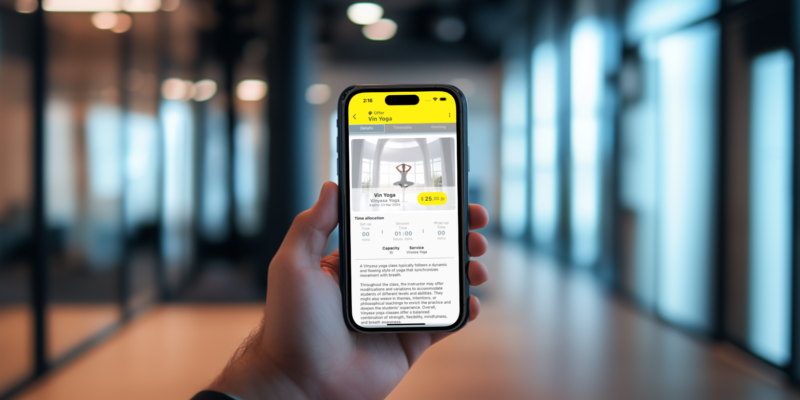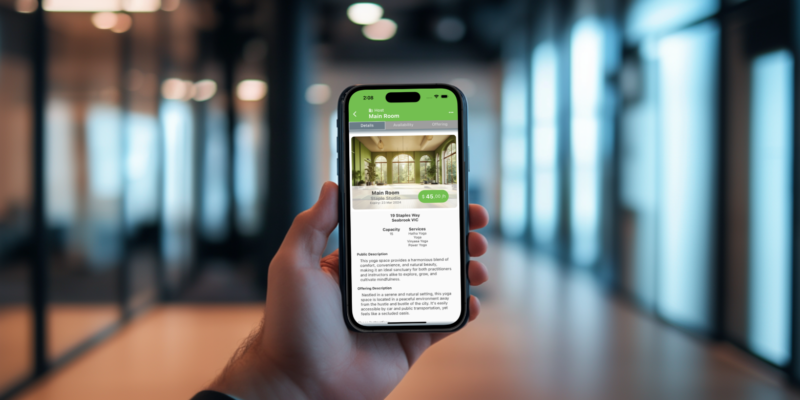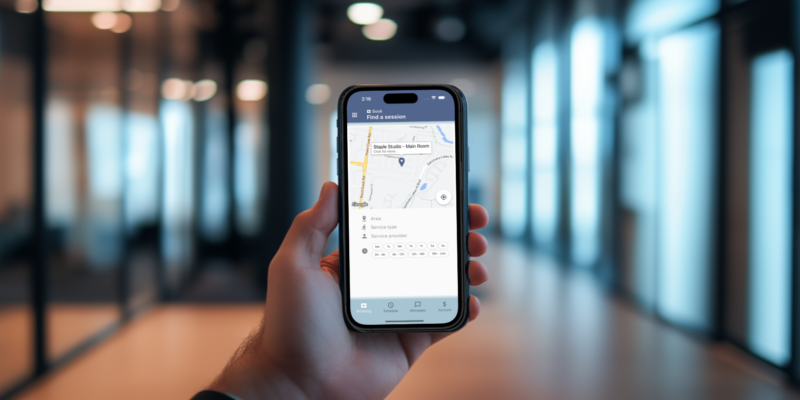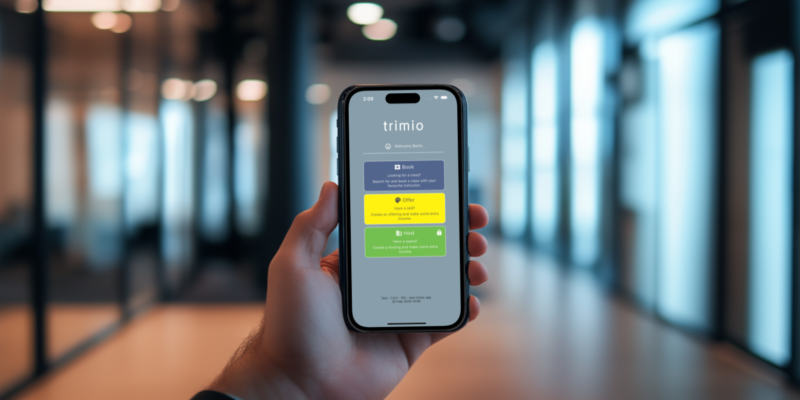The Hidden Expenses of Owning a Pilates Studio
Running a Pilates business may seem like a dream job to many, but those who’ve operated a studio know it comes with a complex web of expenses. Beyond the obvious costs like rent and equipment, there are countless hidden or variable overheads that quietly eat into profits. These can include maintenance, insurance, utilities, admin software, marketing, and payroll. For small studios or solo operators, these costs can easily outweigh income during quiet periods, placing constant pressure on the business to perform.
In traditional models, financial stress is often accepted as the norm. Studio owners work long hours, juggle teaching and admin, and continually reinvest into the business just to stay afloat. Instructors who dream of opening their own space may be deterred entirely once they see the full picture. The truth is, overhead is the silent killer of many Pilates ventures—and until now, there hasn’t been an accessible solution.
Where the Money Really Goes
Rent is typically the single largest fixed cost. In many cities, commercial lease agreements require long-term commitments and significant upfront costs, including security deposits and fit-out expenses. On top of that, studios must furnish the space with high-quality equipment, which is not only expensive to purchase but also to maintain.
Then come the variable costs. Monthly utility bills, insurance premiums, ongoing equipment servicing, and the cost of client management software add up. Marketing is another major expense, as studios must continuously invest in attracting new clients and retaining current ones. If staff are hired, payroll and superannuation obligations increase the financial burden.
Many of these expenses are difficult to scale, meaning even if the studio isn’t generating revenue during certain hours or days, the costs remain constant. This puts studio owners in a constant race to fill the schedule and keep cash flow steady.
Trimio as a Low-Overhead Alternative
Trimio offers a radically different approach to building a Pilates business—one that minimises overhead and maximises flexibility. Rather than owning or leasing a full-time studio, instructors can book time in existing professional spaces only when needed. This pay-as-you-go model transforms studio access from a fixed cost into a variable one, aligning expenses directly with revenue.
There are no leases, no long-term contracts, and no need for capital-intensive investments in equipment or facilities. Instructors using Trimio gain immediate access to premium spaces, complete with everything they need to run a professional session. This eliminates the pressure of maintaining their own premises while still allowing them to deliver high-quality services.
Reducing Risk for Instructors and Studio Owners Alike
For instructors, Trimio removes the financial risk associated with traditional studio ownership. Instead of taking on debt or committing to an expensive lease, they can build their business gradually, only paying for what they use. This creates a much more accessible entry point into the industry, particularly for newly certified instructors or those transitioning from employment to self-employment.
For studio owners, listing available space on Trimio turns underutilised rooms into revenue-generating assets. Whether it’s during off-peak hours or between scheduled classes, every booking through the platform contributes to covering operational costs. This means studios can earn additional income without increasing payroll or marketing spend.
Focusing More on Growth, Less on Survival
By reducing overhead, Trimio allows Pilates professionals to focus on growing their business instead of simply keeping it alive. Without the constant pressure to fill classes just to break even, instructors can devote more time and energy to refining their craft, building client relationships, and creating sustainable offerings.
They can experiment with different formats, test pricing strategies, and scale up when the time is right. They can also reinvest earnings into professional development, marketing, or future plans—without having to navigate the financial stress that comes with fixed monthly obligations.
A More Agile, Modern Business Model
The days of tying up thousands of dollars in rent and overhead are no longer necessary. Trimio introduces a more agile model, one that aligns with the broader trends of the gig economy and digital entrepreneurship. Just as cloud computing allowed businesses to scale without investing in servers, Trimio allows Pilates professionals to grow without owning a studio.
This shift is not just about cost-saving—it’s about empowerment. Instructors and studio owners alike gain the freedom to operate on their terms, manage risk more effectively, and respond quickly to changes in demand. It opens the door for more people to enter the industry and build financially sustainable careers.
Conclusion: Overhead Shouldn’t Hold You Back
Traditional Pilates business models often require a significant financial commitment, with high overheads that limit flexibility and growth. Trimio offers a smarter alternative: a platform that dramatically reduces operating costs while enhancing access, efficiency, and freedom.
Whether you’re an instructor dreaming of independence or a studio owner looking to optimise your space, Trimio removes the barriers that have held the industry back for too long. With Trimio, you can build a thriving Pilates business without being weighed down by unnecessary overhead. The future of lean, agile, and profitable Pilates practice has arrived.



